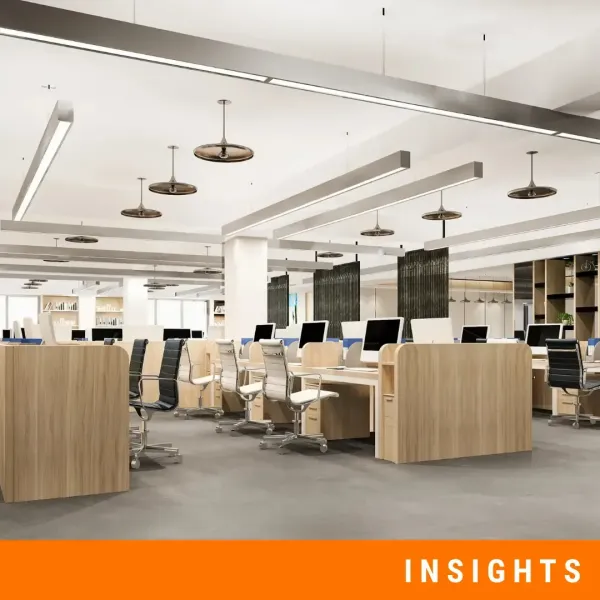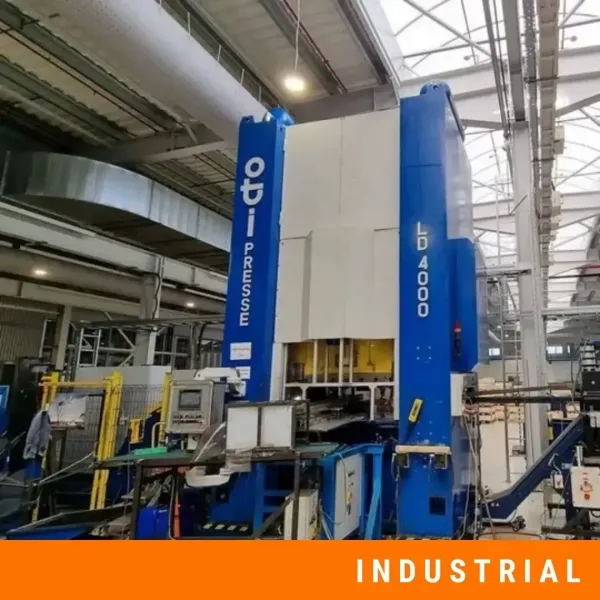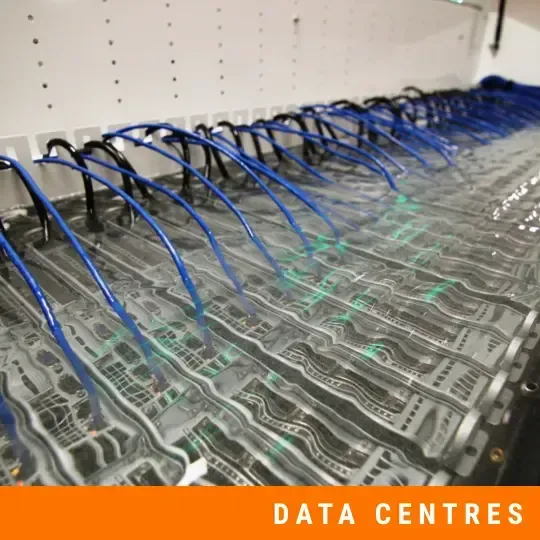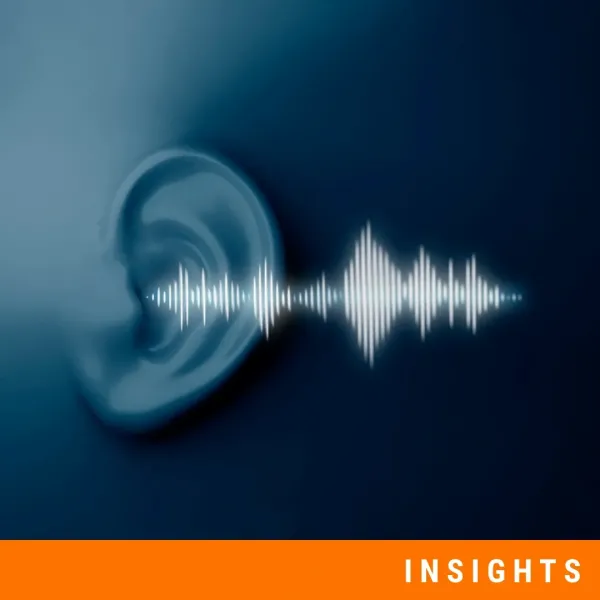Acoustics in Hearing Assessments: When Tech Meets Environment
According to a study published in PubMed, ambient noise typical of non-sound-treated rooms increased error margins in hearing-assessment thresholds, especially at low and high frequencies. Such distortions can lead to misdiagnosis, inappropriate treatment, or unnecessary follow-ups. The risk grows when room acoustics are overlooked.
Even the most advanced hearing aids or machine-learning signal processing systems cannot fully restore clarity when the test environment is poor. Technology relies on clean inputs; when these are compromised by background noise, reflections, or masking, the system’s performance suffers.
Understanding Perceptual Distortions Caused by Poor Acoustic Environments
Before we explore specific distortions, it helps to recognise that the rooms in which hearing tests are conducted play a critical role in shaping outcomes. If ambient noise is too high, if walls and surfaces reflect sound excessively, or if equipment is poorly isolated, then even the most precise technology delivers compromised results. Much of the perceptual error in audiology arises not from faulty hardware but from environments that distort the signals being assessed.
Background Noise and Masking
Masking occurs when background noise obscures or competes with the test signals, making it more difficult to detect soft sounds. For example, a low-level hum from an HVAC system may mask subtle consonants during pure-tone audiometry.
Research shows that ambient noise levels over approximately 30 dBA significantly elevate hearing thresholds in industrial screening settings and degrade test accuracy. When noise exceeds that level by even a few decibels, the test outcomes become unreliable because the reported thresholds are higher than the subject's actual hearing sensitivity.
Reverberation, Echo, and Reflections
Reverberation and echo occur when sound bounces off surfaces and returns to the listener after the original signal. These reflections can interfere with how test tones or speech cues are heard and processed. The result may be delayed onset, smearing of sound, or masking of quieter sounds, all of which distort hearing assessment outcomes. Understanding how these distortions occur helps in designing better test environments and ensuring accuracy.
The study “Do Room Acoustics Affect the Amplitude of Sound-Field Auditory Steady-State Responses?” by Valentina Zapata-Rodriguez, Søren Laugesen, Cheol-Ho Jeong, Jonas Brunskog, and James Harte (2021) examined sound-field auditory steady-state responses (ASSR) in different room conditions. They found that the level of ASSR decreased significantly in rooms with higher reverberation compared with anechoic reference rooms.
This reduction affects especially the modulation of the stimulus, which in turn reduces the clarity of the response and requires longer measurement times to detect the threshold accurately.
Detection rates for higher harmonics were also more affected in reverberant rooms. These outcomes indicate that reflections and reverberation reduce the signal-to-noise ratio for key auditory tests, making it more difficult to assess patients’ thresholds accurately.
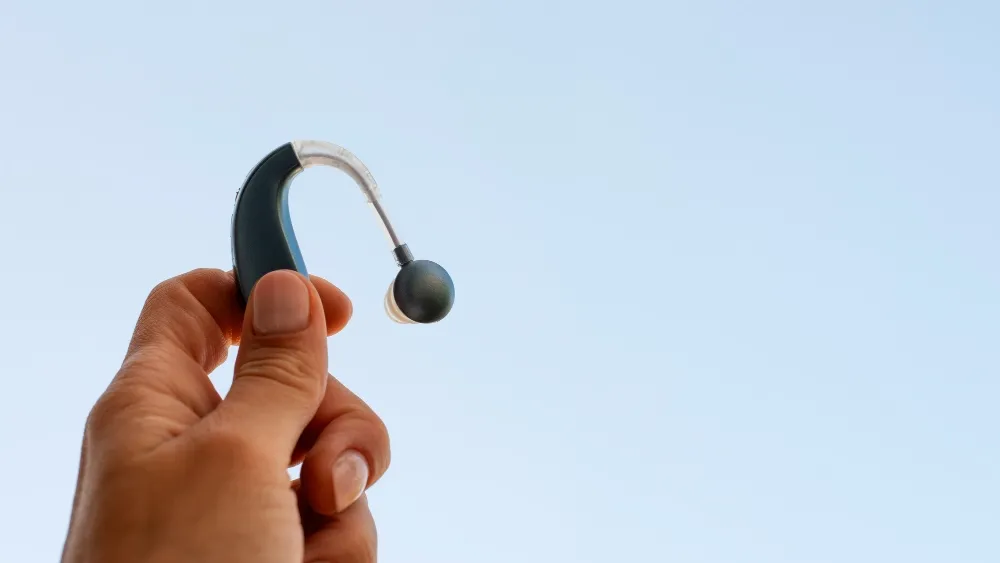
Specific perceptual effects and clinical implications:
- Reverberation smears test tones so that what should be a sharp, discrete sound becomes elongated and overlaps with its own reflections, making it difficult for patients to identify the precise start or end of a tone.
- In rooms with longer early decay time and pronounced reverberation, higher frequency bands (2 kHz, 4 kHz) are more strongly affected; test tones in those frequencies lose clarity, so clinicians may overestimate hearing loss in the high frequency range.
- Echo thresholds (the delay at which reflections are perceived as separate echoes) increase for listeners with hearing impairment; they require longer delays to distinguish direct sound from reflections. That delays responses and increases test difficulty.
These findings underline the importance of controlling reverberation in audiology test spaces. Proper panelling, absorption of reflected sound, room design that limits hard surfaces, and use of enclosures help reduce these distortions. When reflections are managed, assessments become more reliable, thresholds more accurate, and treatment plans more appropriate.
Frequency-Specific Effects
Distortions in hearing tests are rarely uniform across all frequencies. Low-frequency noise, such as from machinery rumble, tends to mask low-frequency test tones most strongly. High-frequency reflections from hard surfaces interfere with speech cues and energy in the higher bands.
As an example, tests of speech reception thresholds (SRT) show that in noisy reverberant spaces, values degrade more at certain frequencies; dynamic range compression in hearing aids also behaves differently depending on whether low or high frequencies dominate the noise or reflection profile.
What Signal Processing and ML Can Do, And Their Limits
Modern hearing assessment does not rely only on acoustics. Signal processing tools and machine learning (ML) algorithms are increasingly integrated into hearing aids, audiology software, and remote testing platforms. These technologies improve performance in noisy settings and offer clinicians better tools for interpretation. They also have clear limits, especially when the acoustic environment is far from optimal.
Key Signal Processing Tools
Several well-established tools support hearing assessments. Dynamic Range Compression adjusts volume so that quiet sounds are audible while loud sounds do not become overwhelming, helping patients perceive a wider spectrum of inputs. Noise Reduction Algorithms analyse sound waves to identify steady background noise, such as fan noise, and reduce it relative to speech signals.
Directional Microphones improve the signal-to-noise ratio by focusing on sounds from one direction, usually in front of the listener, while reducing interference from other directions.
Recent advances in machine learning have added powerful new capabilities. For example, deep learning noise filtering systems can stream denoised audio from smartphones to hearing aids. In one study, this approach improved speech intelligibility by around 1.6 dB in speech reception threshold (SRT) tests and increased user satisfaction by 40 per cent.
These results show how artificial intelligence can strengthen the performance of hearing devices, particularly in environments with consistent background noise.
Limits of Processing in Poor Acoustic Settings
Despite these innovations, technology alone cannot overcome all acoustic problems. When noise sources are very loud, sudden, or highly reflective, signal processing tools struggle. Compression algorithms, for instance, can introduce distortion when multiple sounds change level quickly, leading to unnatural audio quality.
Similarly, noise reduction algorithms may mistakenly suppress parts of speech along with background sounds, which undermines test accuracy. Studies of dynamic range compression confirm that distortion becomes a real issue when speech and noise overlap, highlighting the fact that poor acoustics limit what technology can achieve.
Remote Testing and Ambient Noise Monitoring
Remote audiometry has expanded significantly, allowing patients to take tests from home using apps and calibrated headsets. Studies show that these systems can achieve test–retest reliability within about 5 dB, even in the presence of some ambient noise. However, once noise levels exceed certain thresholds, accuracy begins to falter.
This underlines the importance of monitoring the acoustic environment during tests. Many platforms now integrate noise monitoring or automated calibration that pauses or adjusts the test if conditions are unsuitable.
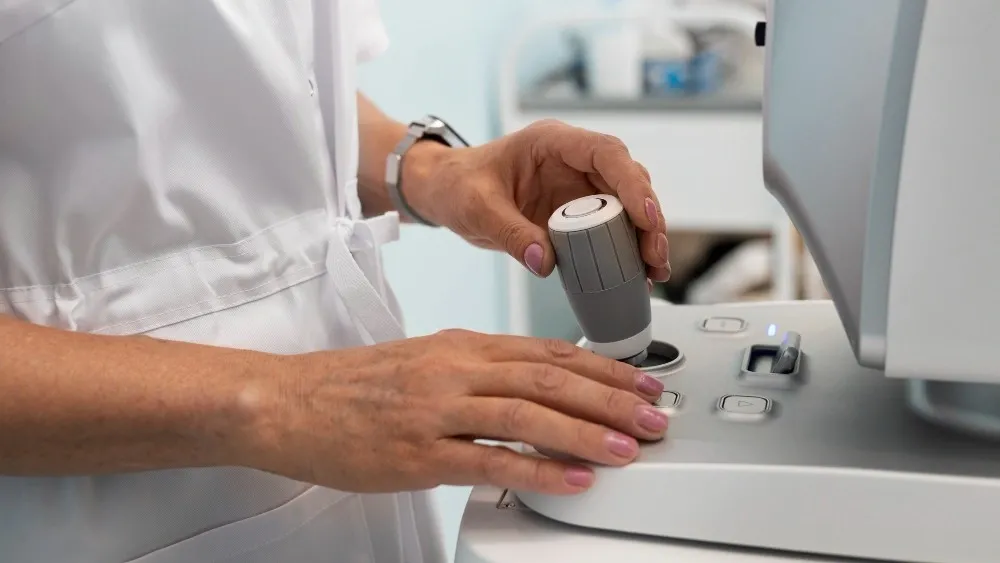
How Acoustic Environment Complements Technology For Accuracy
When signal processing and advanced hearing technologies are used in acoustically controlled settings, their effectiveness improves dramatically. Without controlling ambient noise, echoes, or leaks, even the best algorithms struggle. The acoustic environment acts as the foundation on which tech builds its performance.
Acoustic Booths & Enclosures
Acoustic booths and enclosures reduce ambient noise and reflections to levels where signal processing and ML tools perform at their best. Enclosures isolate the test source from background noise, maintain stable acoustics and reduce reverberation. Standards for audiometric booths specify maximum permissible ambient noise levels across frequency bands.
For example, testing carried out with supra-aural earphones typically requires ambient noise at or below 21-37 dB SPL for frequencies between 500 Hz and 8000 Hz, depending on test conditions; booths that meet these thresholds yield more reliable, repeatable measurements.
Studies comparing booth vs non-booth environments indicate that when ambient noise and reflections are managed, threshold errors fall significantly, and patient results align more closely with true hearing sensitivity.
Hybrid Approaches
Real improvements often come when modest acoustic treatment combines with advanced processing technologies. Small adjustments to rooms, such as adding panels, sealing gaps, or using carpets, complement signal processing and yield cost-effective gains in accuracy.
Here are examples of success:
- Clinics using portable units in quiet rooms, plus inserting headphones, showed test-retest variance within about 5 dB, even without full booths, provided ambient noise remained under standards.
- Audiologists implementing foam panels and sealing door gaps saw improvement in speech reception thresholds (SRT) when paired with ML-powered hearing aids.
These hybrid systems rely on both environment and technology rather than depending on one alone. When both are aligned, assessments become more consistent, results more valid and patient outcomes more trustworthy.
Planning For Interaction Between Tech and Acoustics: What Managers Should Do
To ensure that hearing assessments are accurate and that signal-processing technologies live up to their potential, the acoustic environment must be evaluated and managed systematically. This planning process helps facility managers and operations leads make informed decisions about equipment, tests, and room modifications.
First, begin with an ambient noise assessment and acoustic profile. Use calibrated sound level meters with octave or third-octave band filters to measure ambient noise in the test room under typical operating conditions. Compare measured levels to maximum permissible ambient noise levels (MPANLs) set by standards such as ANSI S3.1-1999(R2018) and ISO 8253-1:2010 to verify whether the environment meets required limits for various frequencies. If readings exceed MPANLs, identify dominant noise sources and frequency bands so that treatment can be targeted.

Choose technology that aligns with the room environment in terms of its capabilities and limitations. If the room has higher ambient noise in specific low-frequency bands, opt for hearing aid or audiometer systems that allow adjustable signal processing, such as frequency-lowering, directional microphones, or advanced noise reduction, rather than systems fixed with weaker processing capabilities. Ensure the equipment supports ambient noise monitoring or has built-in adaptive features to respond when conditions worsen.
Implement spectrum-based or frequency-specific acoustic treatment once the problem frequencies are known. For example, installing absorptive panels targeted at mid and high frequencies will help with clarity of speech, which is often the aim in hearing assessment settings.
If low-frequency masking is identified, include bass traps or heavy, dense barriers in those frequency bands. Seal gaps or joints and add acoustic lining to limit vibration paths where needed. Those frequency-based interventions help ensure that masking or distortion is controlled in the correct bands rather than applying generic treatments that may waste cost without resolving the worst errors.
Ensuring High Accuracy in Hearing Assessments
Acoustic environments and signal processing together chart the path to audiological precision. Even the most advanced hearing technologies perform best when ambient noise is controlled and reflections are minimised.
For example, premium audiometric booths routinely deliver 50-60+ dB attenuation at mid to high frequencies, making external sound virtually inaudible and allowing assessments to adhere to stringent external noise thresholds. This degree of performance protects against false positives, enables reliable thresholds and strengthens clinician confidence in test results.
DECIBEL stands at the intersection of this science and practical application. Our audiology booths offer superior sound isolation, user comfort, configurable ventilation and lighting, and built-for-purpose design so that practitioners do not have to choose between technological capability and acoustic quality. We deliver solutions that integrate with hearing aids, test systems and ML-driven processing in order to enhance clinical accuracy and patient care.
We offer acoustic assessments, retrofitting of existing spaces, custom booth design and advice on pairing signal processing technology with acoustically appropriate environments.
If your clinic or facility aims to improve the reliability of hearing assessments, reduce variability and support better treatment outcomes, get in touch with us.
